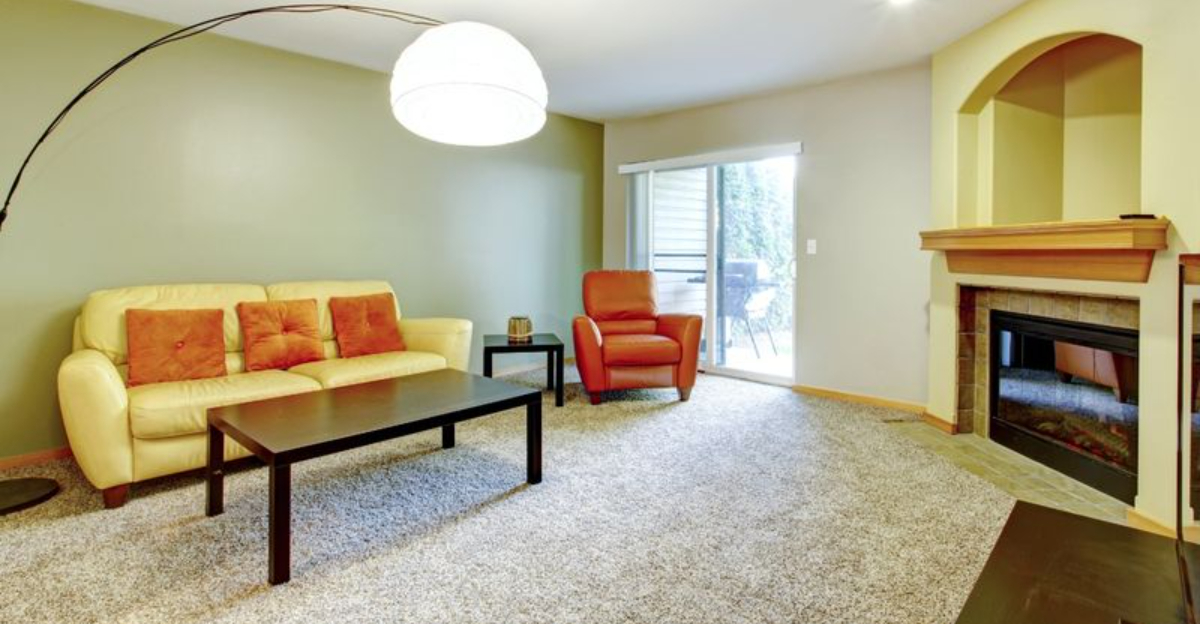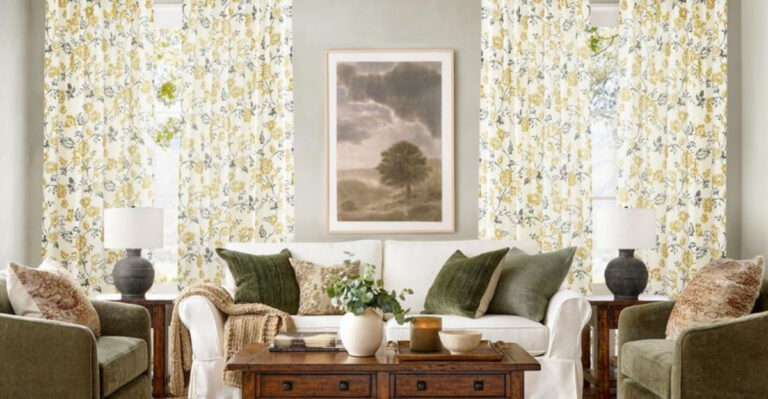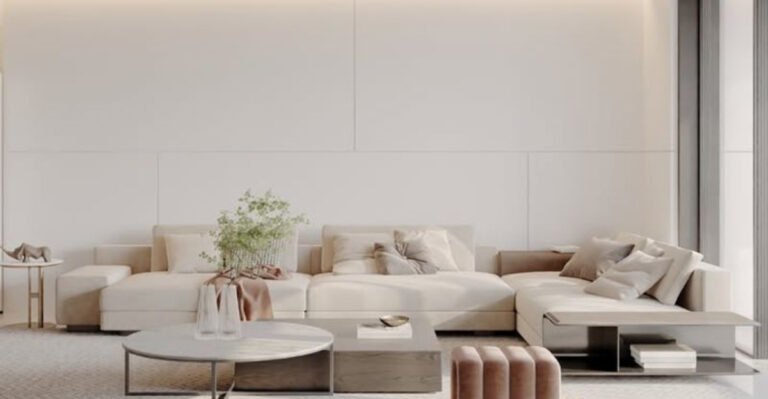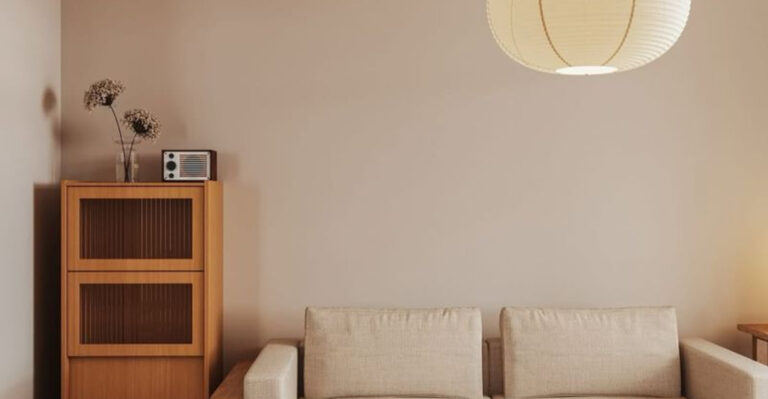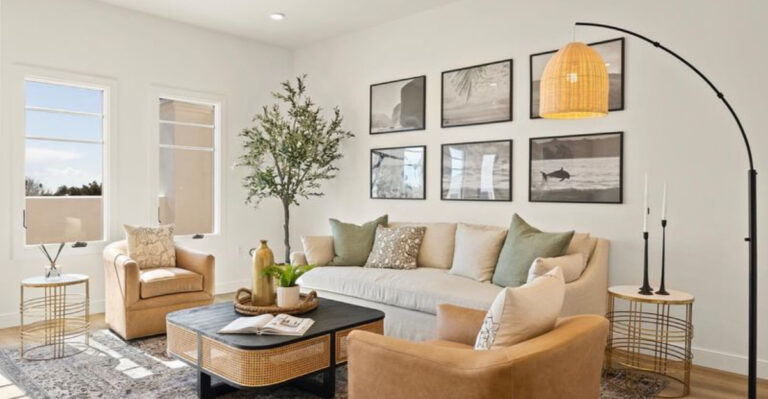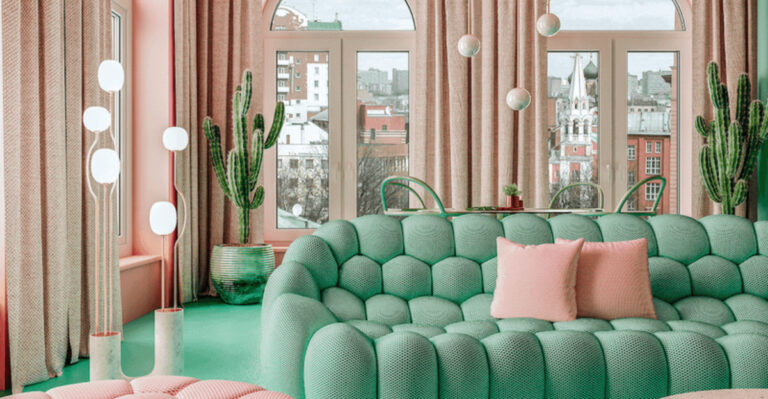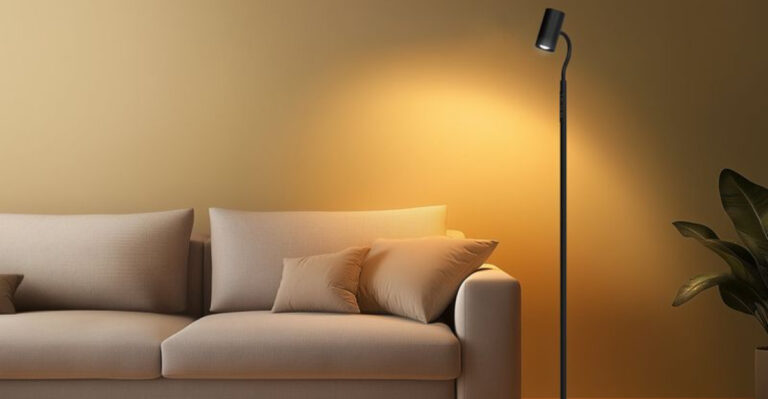15 Things Making Your Living Room Furniture Look Cheap (Plus 5 Even Worse Additions)
Your living room should feel like a space you’re proud of, but I’ve definitely had moments where mine looked more mismatched thrift shop than pulled-together sanctuary.
The truth is, even with decent furniture, a few small design slip-ups can make everything feel cheap or chaotic. I’ve learned that with a little tweaking (and not a ton of money), you can completely shift the vibe.
It’s all about knowing what to ditch, what to adjust, and what to highlight. If your living room’s been feeling a little off, these quick fixes might be exactly what you need to bring it back to life.
1. Plastic Furniture Legs That Scream Budget

Nothing ruins the illusion of quality furniture faster than those shiny plastic legs peeking out from underneath. They practically announce to everyone that you shopped in the clearance section.
Real wood or metal legs instantly upgrade any piece. Even adding simple leg wraps or replacing them entirely can work wonders.
Your guests will notice the difference immediately, and your furniture will finally look like it belongs in a grown-up home.
2. Mismatched Wood Tones Creating Visual Chaos
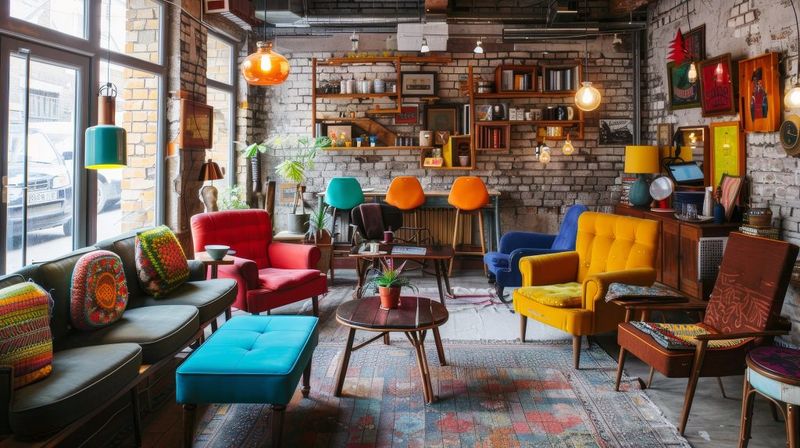
Oak coffee table, cherry end tables, and a pine entertainment center walk into a living room. Sounds like the setup for a bad joke, right?
When wood tones clash, your room looks like furniture got lost and ended up in the wrong house. Pick a dominant wood tone and stick with it.
You don’t need everything to match perfectly, but they should at least be in the same family or complement each other nicely.
3. Fabric That Looks Like It Belongs In A Waiting Room
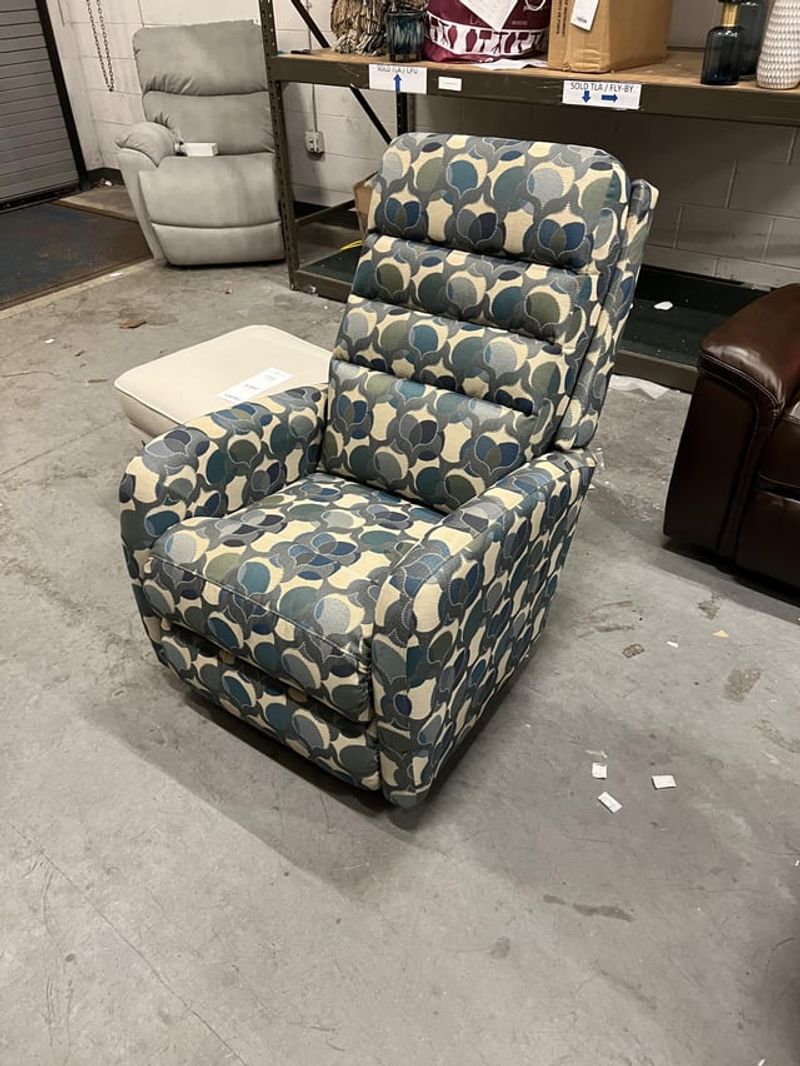
Remember those doctor’s office chairs from the 1980s? If your furniture fabric reminds you of that, we have a problem.
Busy patterns, weird textures, and colors that make you squint all contribute to that cheap, institutional look. Solid colors or simple patterns work much better.
Quality fabric makes furniture feel expensive, while cheap fabric makes even expensive pieces look like bargain bin finds.
4. Wobbly Furniture That Moves When You Sit

Furniture that rocks, rolls, or wobbles when you use it sends a clear message about quality. Nobody wants to feel like they’re on a boat while watching TV.
Loose joints and weak construction make even decent furniture look and feel cheap. Tightening screws and adding corner braces can help stabilize wobbly pieces.
Sturdy furniture commands respect and makes your whole room feel more solid and well-appointed.
5. Obvious Particle Board Showing Through
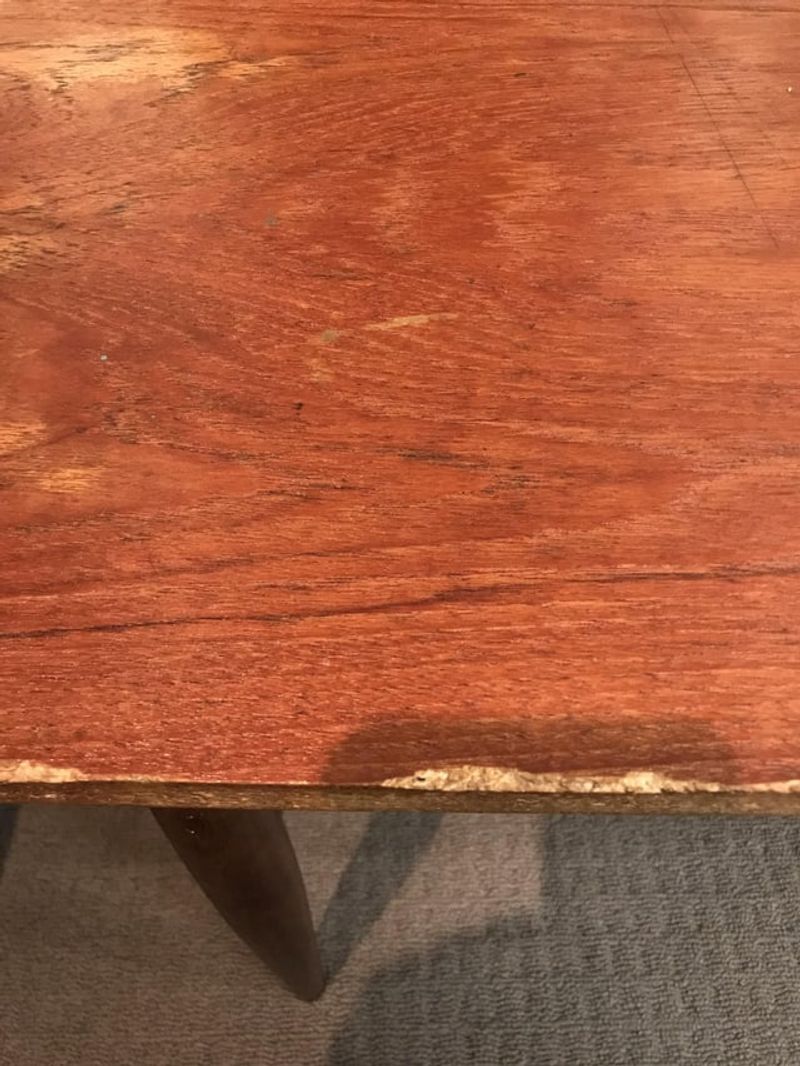
When that telltale particle board edge peeks through, it’s game over for your furniture’s credibility. Those pressed wood chips don’t lie about quality.
Real wood furniture ages gracefully, while particle board furniture just ages. The edges chip, the veneer peels, and suddenly your investment looks like a mistake.
Edge banding or wood trim can hide particle board edges, but nothing beats solid wood construction for long-term appeal.
6. Hardware That Looks Like It Came From A Toy Box
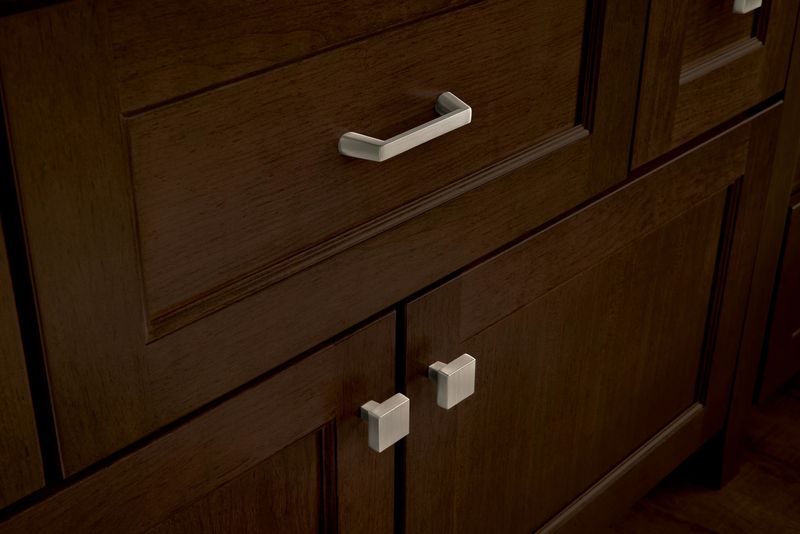
Cabinet knobs and drawer pulls might seem like small details, but they make a huge impact on perceived quality. Flimsy, lightweight hardware screams budget furniture.
Quality hardware feels substantial in your hand and operates smoothly. Cheap hardware feels like it might break if you look at it wrong.
Upgrading hardware is one of the easiest and most cost-effective ways to make furniture look more expensive than it actually was.
7. Cushions That Have Given Up The Fight

Cushions that look like pancakes or have permanent body impressions tell everyone exactly how much your furniture has been through. Flat cushions equal flat-out cheap appearance.
Good cushions bounce back after use and maintain their shape over time. Bad cushions surrender to gravity and never recover.
New cushion inserts or professional restuffing can bring rusty cushions back to life and restore that plush, expensive look.
8. Visible Staples And Rough Edges
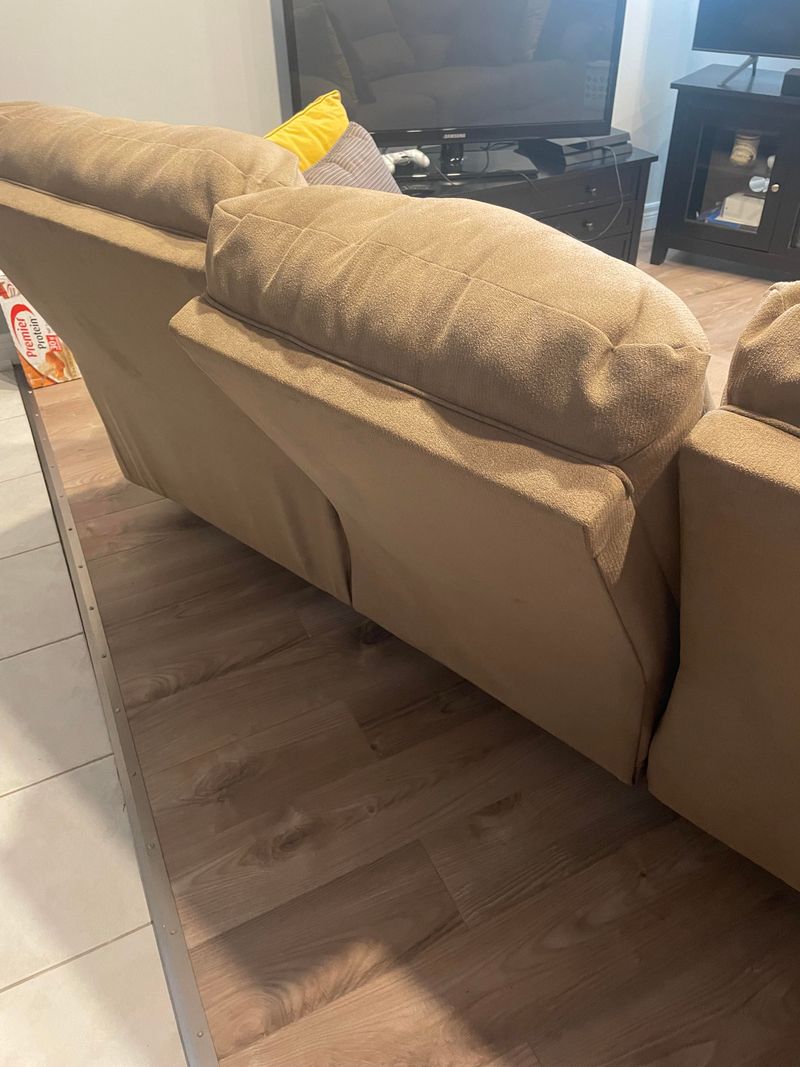
Quality furniture hides its construction secrets well. When you can see staples, rough cuts, or unfinished edges, the magic disappears completely.
Professional upholstery work looks seamless and smooth. Amateur or rushed work shows every shortcut and corner that was cut during manufacturing.
These visible flaws make furniture look homemade in the worst way possible, destroying any illusion of quality or craftsmanship.
9. Scratches And Dings That Tell Too Many Stories

Battle scars on furniture can add character, but too many scratches and dings just look neglected. Your coffee table shouldn’t look like it survived a tornado.
Small imperfections are normal, but major damage makes everything look cheap and uncared for. Wood polish and touch-up markers can work miracles on minor scratches.
Well-maintained furniture always looks more expensive than damaged pieces, regardless of the original price tag.
10. Proportions That Don’t Make Sense
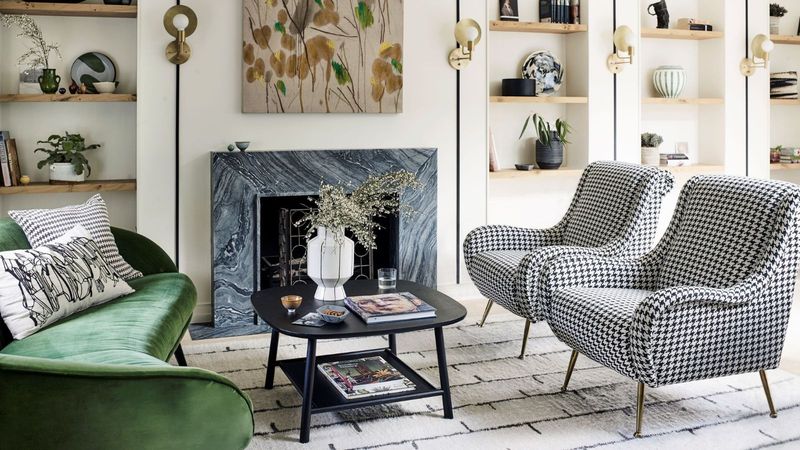
Furniture that’s too big or too small for your space creates an awkward, amateur look. A massive sectional in a tiny room feels like wearing clothes three sizes too big.
Proper proportions make rooms feel balanced and intentional. Wrong proportions make everything look like a mistake or afterthought.
Measure twice, buy once. Furniture that fits your space properly always looks more expensive and thoughtfully chosen.
11. Fake Wood Grain That Fools Nobody
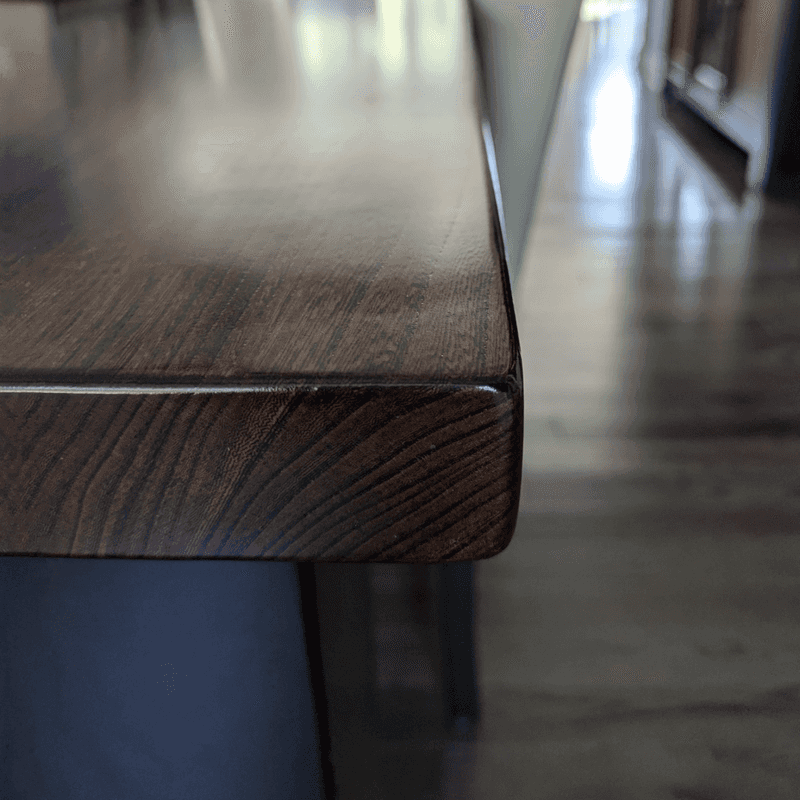
Fake wood grain patterns repeat in ways that real wood never would. Mother Nature doesn’t use copy-paste, but furniture manufacturers sure do.
The texture feels wrong, the pattern looks artificial, and the finish often has that telltale plastic shine. Real wood has character and variation that can’t be faked.
Even painted furniture often looks better than fake wood grain. Sometimes it’s better to embrace what something is rather than pretend it’s something else.
12. Seams That Split Under Pressure
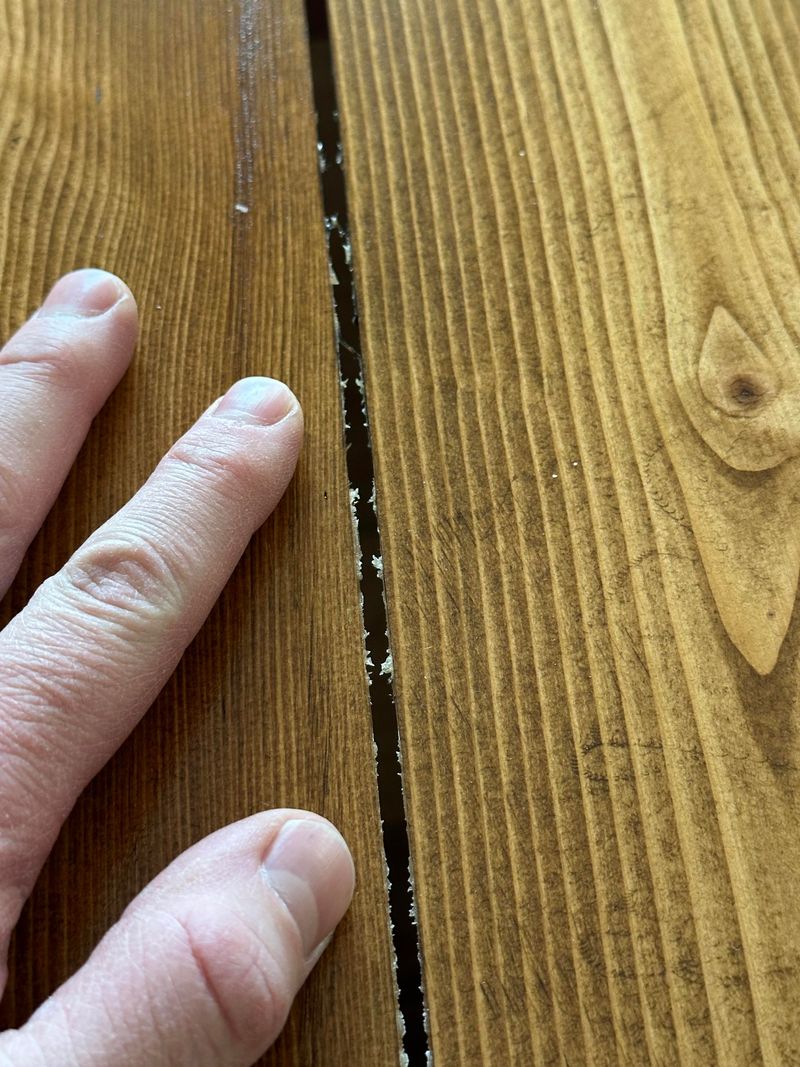
Seams that split or pull apart under normal use reveal the truth about construction quality. Good stitching holds up to daily life without drama.
Cheap thread, poor stitching techniques, and inadequate seam allowances all contribute to premature failure. Quality upholstery work uses proper techniques and materials.
Visible repairs or splitting seams make furniture look like it’s falling apart, which pretty much destroys any hope of looking expensive or well-made.
13. Colors That Clash With Everything
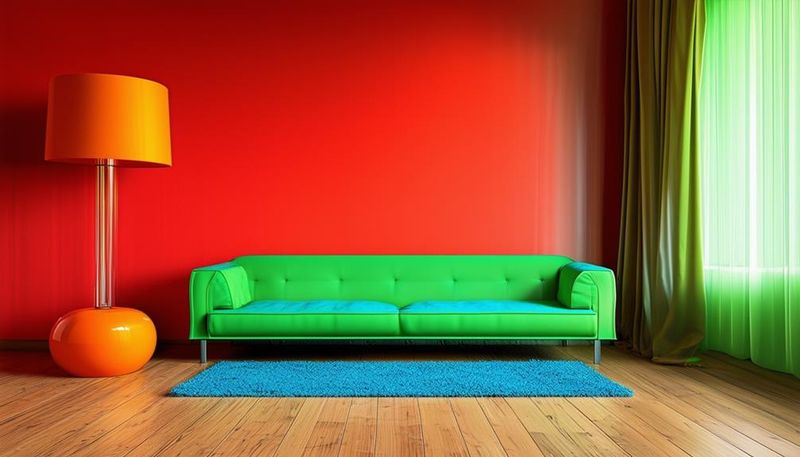
Furniture in colors that fight with your walls, carpet, and other pieces creates visual chaos. Neon green doesn’t play well with burgundy and navy blue.
Neutral colors are safe choices that work with changing decor. Bold colors can work beautifully but require more careful planning and coordination.
When colors clash, even expensive furniture can look cheap and poorly chosen. Harmony in color choices makes everything look more intentional and sophisticated.
14. Assembly Instructions Still Visible
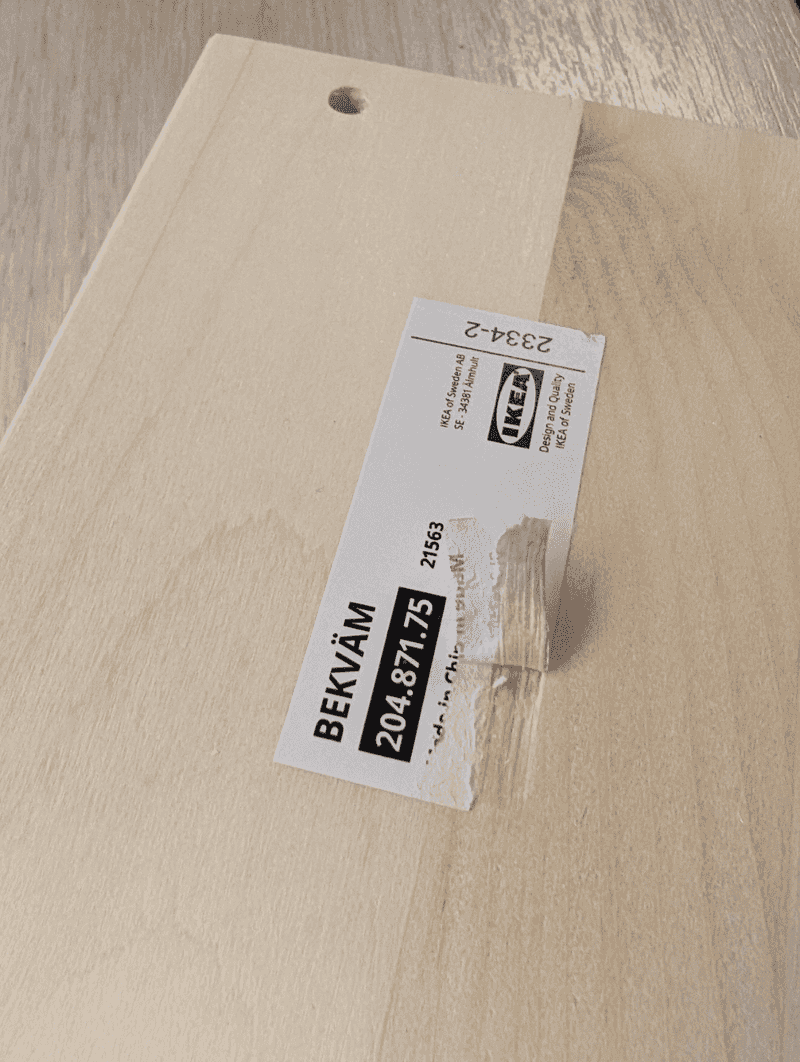
Nothing says ‘I just assembled this yesterday’ like leftover stickers and instruction labels stuck to your furniture. Those little details matter more than you think.
Quality furniture either comes pre-assembled or includes instructions that don’t leave permanent marks. Cheap furniture often has stickers that won’t come off cleanly.
Taking time to remove all labels and stickers makes furniture look finished and professional rather than fresh from the box.
15. Squeaks And Creaks That Announce Every Move
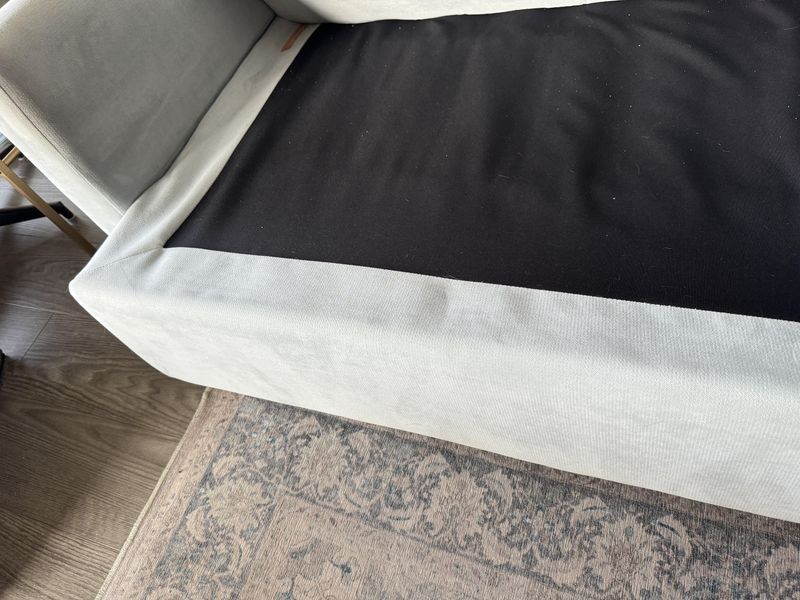
Furniture that squeaks, creaks, or groans with every movement sounds cheap because it usually is. Quality construction doesn’t make noise during normal use.
Loose joints, dry wood, and poor assembly all contribute to noisy furniture. Sometimes a little oil or tightening screws can help quiet things down.
Silent furniture feels solid and well-made, while noisy furniture draws attention to its flaws every time someone sits down or gets up.
16. Throw Pillows That Look Like Afterthoughts
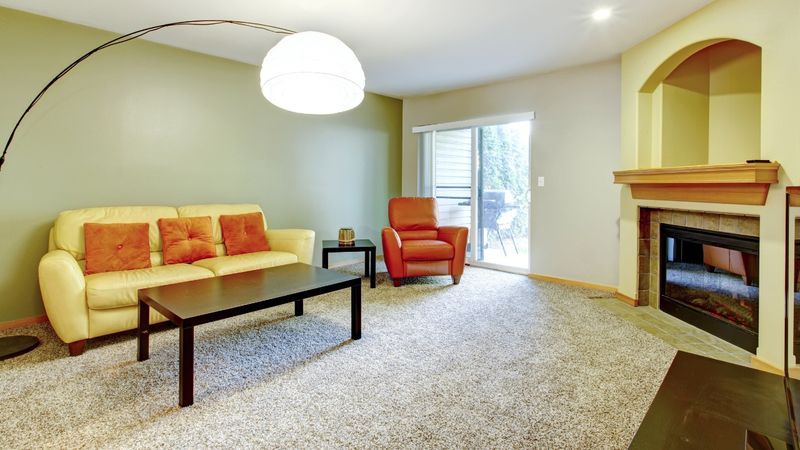
Throw pillows can make or break a seating arrangement, but cheap ones make everything look discount. Flat, lumpy, or oddly shaped pillows drag down the whole look.
Quality pillows hold their shape, feel substantial, and coordinate well with your furniture. Cheap pillows look like they came from a grab bag sale.
The right pillows can make budget furniture look expensive, while wrong pillows can make expensive furniture look cheap. Choose wisely.
17. Furniture Arranged Like A Doctor’s Waiting Room

Pushing all furniture against the walls might seem logical, but it creates that institutional waiting room vibe. Nobody wants their living room to feel like a medical office.
Floating furniture away from walls creates conversation areas and makes rooms feel more intimate and intentional. Professional designers rarely push everything to the perimeter.
Thoughtful arrangement makes even budget furniture look more expensive and carefully curated rather than randomly placed for maximum floor space.
18. Lighting That Makes Everything Look Harsh

Harsh overhead lighting can make even beautiful furniture look cheap and unwelcoming. Fluorescent bulbs are particularly unforgiving and institutional-looking.
Layered lighting with table lamps, floor lamps, and soft overhead options creates warmth and ambiance that flatters furniture and makes spaces feel expensive.
Good lighting can hide flaws and enhance good features, while bad lighting exposes every imperfection and makes quality pieces look budget.
19. Dust Bunnies That Have Moved In Permanently
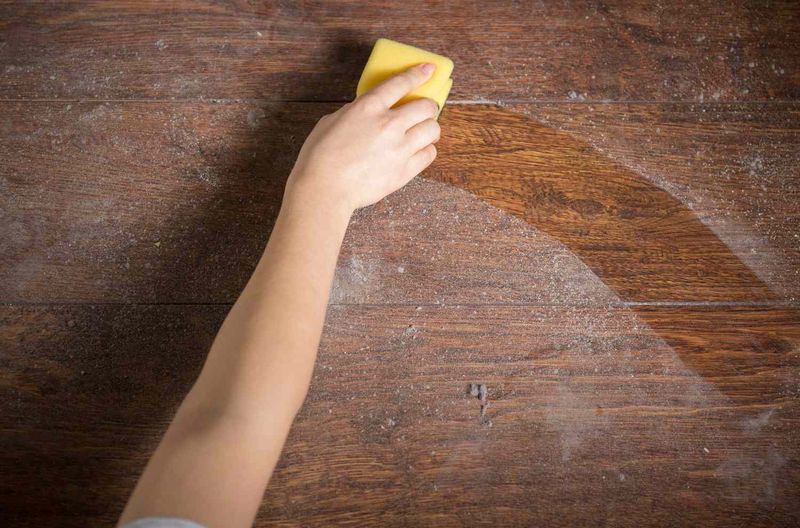
Dust, pet hair, and general neglect make any furniture look cheap and uncared for. Even designer pieces look terrible when they’re dirty and dusty.
Regular cleaning and maintenance keep furniture looking fresh and expensive. Neglected furniture sends the message that you don’t value your belongings.
A clean, well-maintained room makes budget furniture look more expensive, while a dirty room makes expensive furniture look like junk.
20. Price Tags That Are Still Attached

Leaving price tags and store stickers on furniture is like wearing the price tag on your clothes. It screams ‘I just bought this’ in the most obvious way possible.
Taking time to remove all retail tags and stickers shows attention to detail and makes furniture look settled and intentional rather than fresh from the store.
These small finishing touches separate people who care about their space from those who just fill it with stuff.

